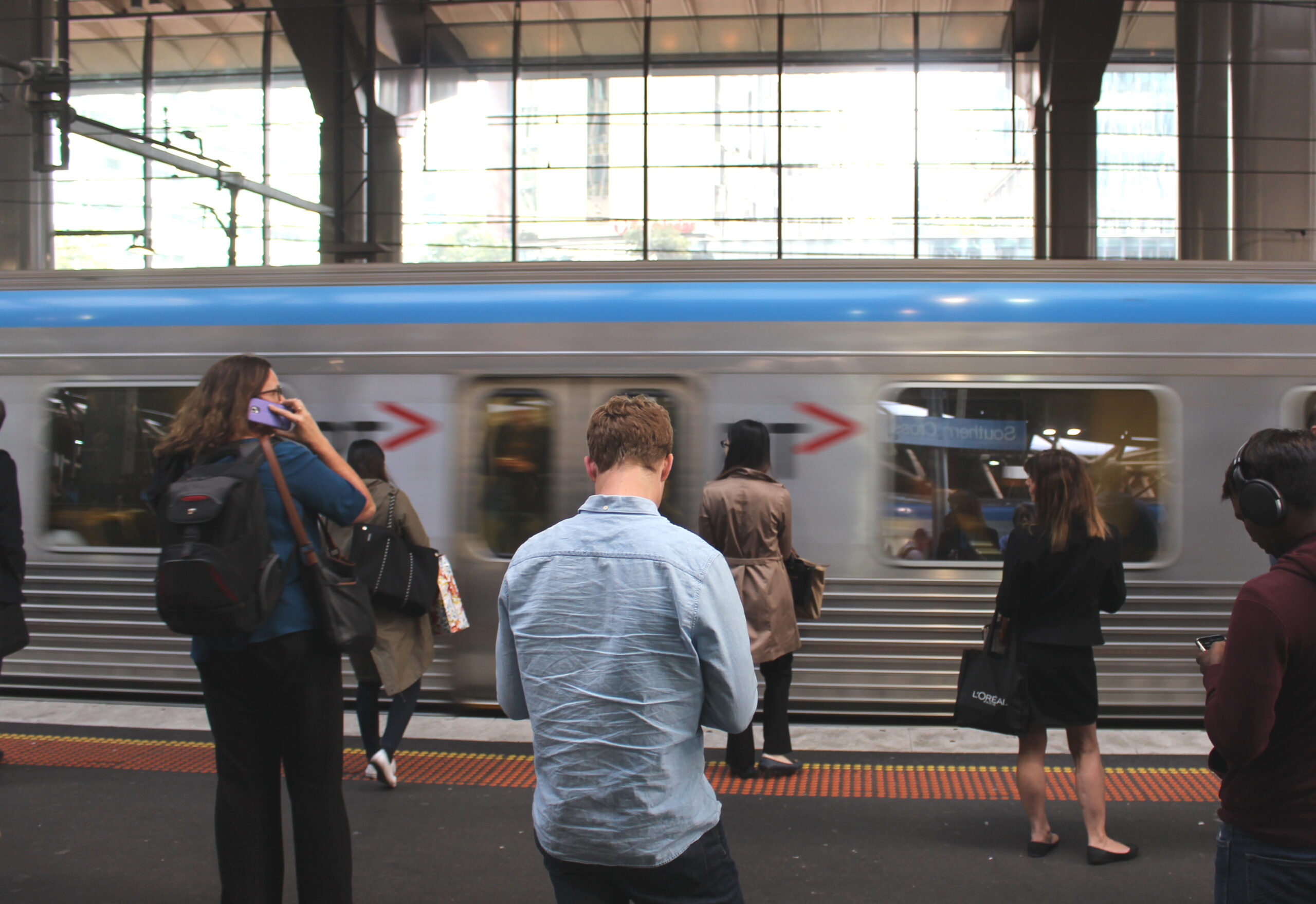Our publications are extensively researched by academics in the field and have been greeted with critical acclaim.
“Connecting To The Future” (2013)
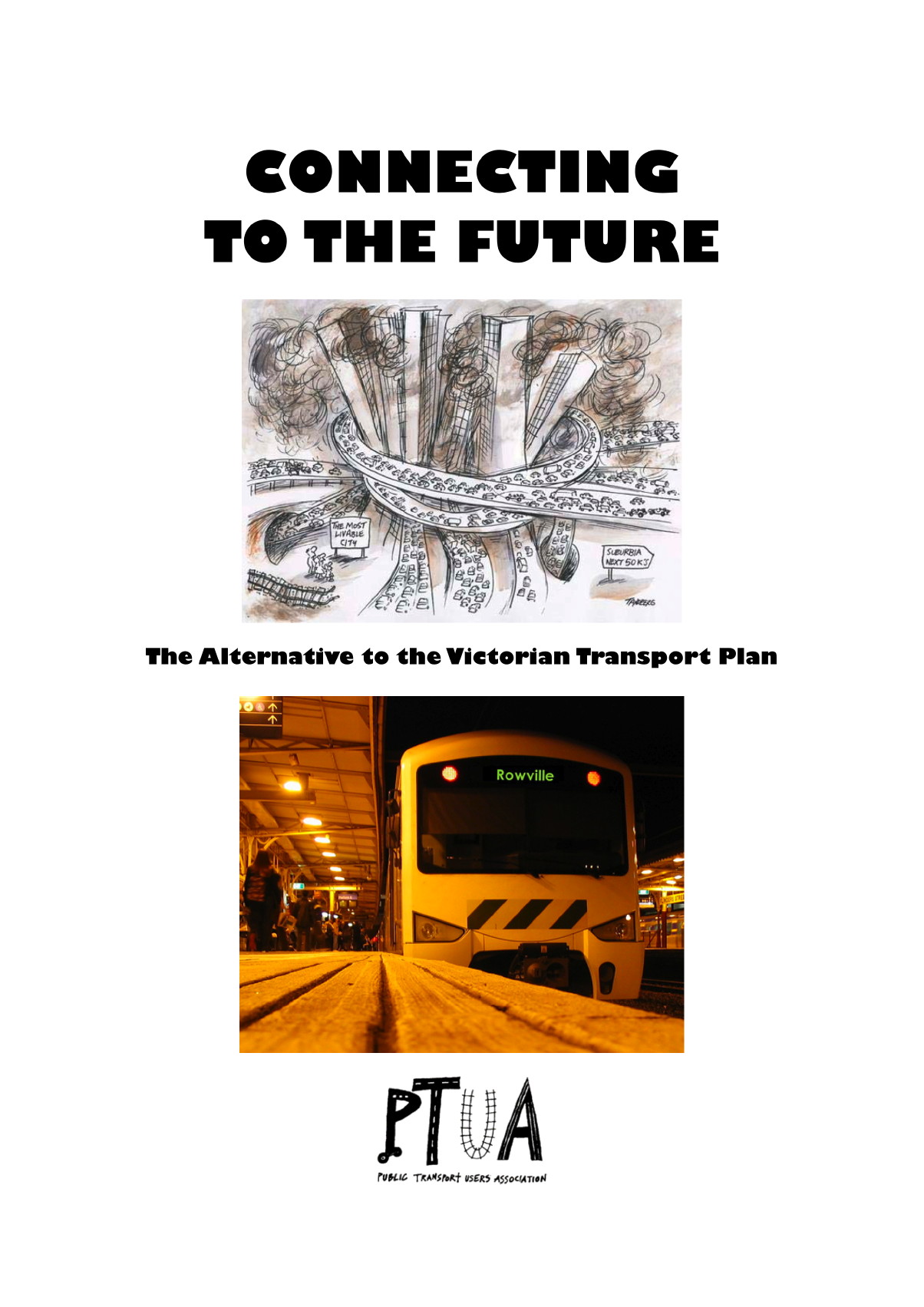
Melbourne’s train services would double, buses would run every 10 minutes on every arterial road, and more country rail lines would be restored. And this would only cost 40% of the government’s $38 billion transport plan.
The Connecting to the Future report is our alternative to the Victorian Transport Plan. Its proposed package of improved public transport services and targeted road works includes rail extensions to Rowville, Doncaster, Mernda, Clyde, Mornington and the Airport, tram extensions, return of conductors to trams and staff to all stations, country train lines, level crossing removals, rural road and bridge repairs, and a massive boost to bus services.
The package is estimated to cost $16 billion, less than half the Victorian Transport Plan’s $38 billion budget. Annual recurrent costs would remain the same as now.
Central to the plan is the replacement of the current franchising system with a new agency to coordinate trains, trams and buses. Public or private operators would become contractors to the agency, which would write the timetables, define routes and set fare levels.
Peak-hour overcrowding on trains would be solved by overhauling the operation of the City Loop, to run it the way its planners intended. Back in the 1970s planners talked about having 200 trains an hour coming into Flinders Street. We’ve only got 98 an hour now, which is scarcely any better than before we built the loop!
Because our solution does not involve building an $8 billion tunnel, it can be up and running as fast as we can buy the vehicles – rather than in 10 years’ time – releasing energy and funds to deal with the other 90 per cent of travel that is not CBD or peak hour focussed, and which is almost completely ignored by the government.
For all the money it proposes to spend on a small number of public transport projects, the Victorian Transport Plan won’t solve the fundamental problems, because for the most part it proposes simply to revive old 1960s road plans and do nothing meaningful about the alternatives to car dependence. Our alternative will cost the taxpayer half as much and give us what Victoria is entitled to: one of the best transport systems in the world.
Moving Australians Sustainably (2007)
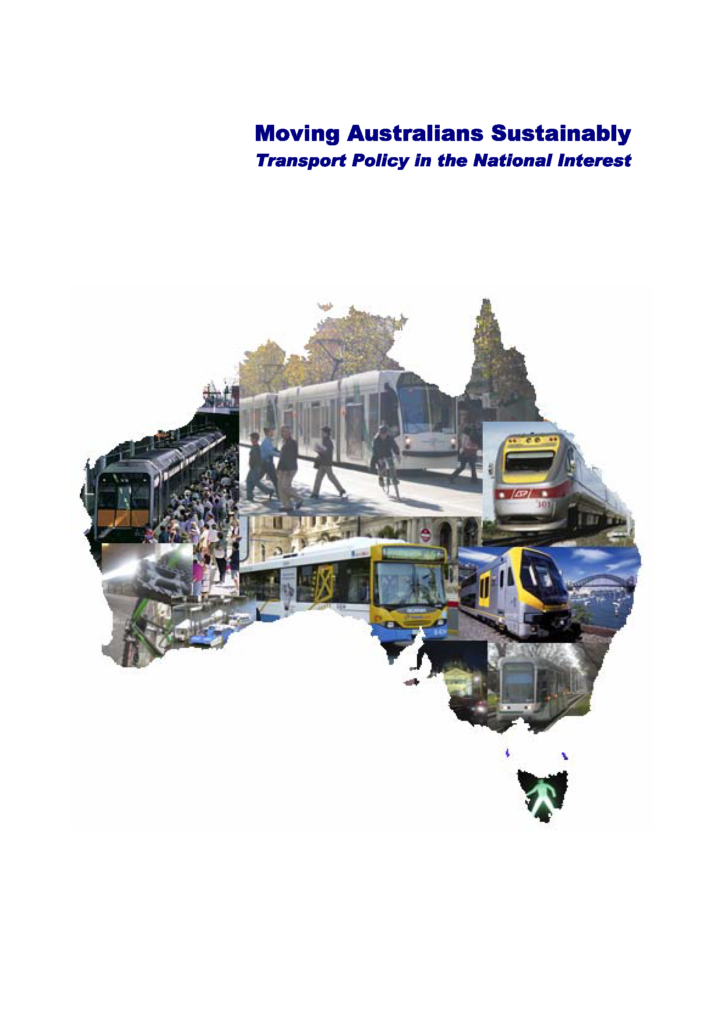
Moving Australians Sustainably is a report from Australia’s public transport user groups.
The report outlines some of the ways that public transport can reduce congestion, oil imports, greenhouse emissions, and contribute to healthier lifestyles and improved workforce productivity.
The federal government has a number of responsibilities and policy objectives in each of these areas, and improved public transport would make a major contribution to each of them. With federal and state governments reassessing responsibilities in areas such as health, education and water management, the time is ripe for significant federal investment in public transport infrastructure – as already happens right across the industrialised world.
“It’s Time to Move” (2002)

People throughout Melbourne and Victoria are deeply concerned about the state of public transport. A majority support improved public transport, to help reduce car dependence and alleviate traffic congestion, pollution and road trauma.
Yet our transport planning bureaucracy has not responded in kind. Instead of improved public transport, the road lobby wants to spend billions of dollars on new freeways to make us even more dependent on cars. Meanwhile, little is done to fix the glaring problems with our public transport or even admit they exist.
It’s Time to Move explains why a change in transport policy is needed. Shifting car trips to public transport helps our ‘triple bottom line’: it improves economic efficiency, helps the natural environment, and is good for us as a society.
But people will not get out of their cars and use public transport until public transport offers a high-quality, convenient service. This document explains what must be done. It does not require spending vast sums of money on new infrastructure, but instead requires a new approach to transport planning to curb the power of the road lobby, and a massive improvement in service frequency, connections and coverage. This has proved to be a success in other cities and promises to be doubly so in Melbourne, with its generous tram and train networks.
It’s time to move on from 1950s-style freeway planning to a 21st century vision based on public transport, walking and cycling. This vision doesn’t require us to give up cars or build more high-rise flats. All it requires is a shift in priorities, from building more and more freeways to providing a ‘world’s best’ public transport service.
“Greening Melbourne with Public Transport”

Note: This publication has been superseded by It’s Time to Move but is still available for historical interest.
Shows how Melbourne’s transport system can be changed to reduce Greenhouse gases, and make our city a cleaner, safer and fairer place to live. It examines some of the cherished ideas of planner, motorists and local communities and compares them to the successful Toronto model.
Wrong Way Go Back
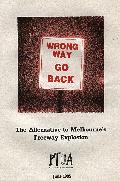
Note: This publication has been superseded by It’s Time to Move but is still available for historical interest.
Shows the true extent of the freeway horror planned for Melbourne. It examines the financial insanity of the idea and compares it to the cheap, clean and lasting public transport solution.
A Very Public Solution: Transport in the Dispersed City, by Paul Mees
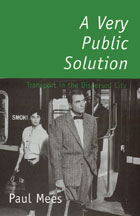
- Available through Melbourne University Press
Why is public transport so poor in Australian cities? Why can’t it be more like the fast, convenient systems in Europe?Unlike Europeans, most urban Australians live on far-flung suburban blocks rather than in high-density apartments. Most urban travel is to widespread suburban locations rather than to the city centre. It is often argued that fast, efficient public transport is impossible in our ‘dispersed’ cities.
In A Very Public Solution, Paul Mees compares Melbourne’s public transport system with the highly successful system in Toronto-a ‘dispersed’ city very like Melbourne with its suburban sprawl-and sheds new light on a century-old debate.
This debate is particularly important now, as ‘economic rationalists’ move to privatise public transport in Australian cities. We can have European-style public transport, Mees argues, if our different forms of public transport stop competing with each other and start competing with the car.
A Very Public Solution is the first serious work on public transport planning ever published in Australia. It is essential reading for everyone concerned with urban sustainability and our growing traffic problems.
